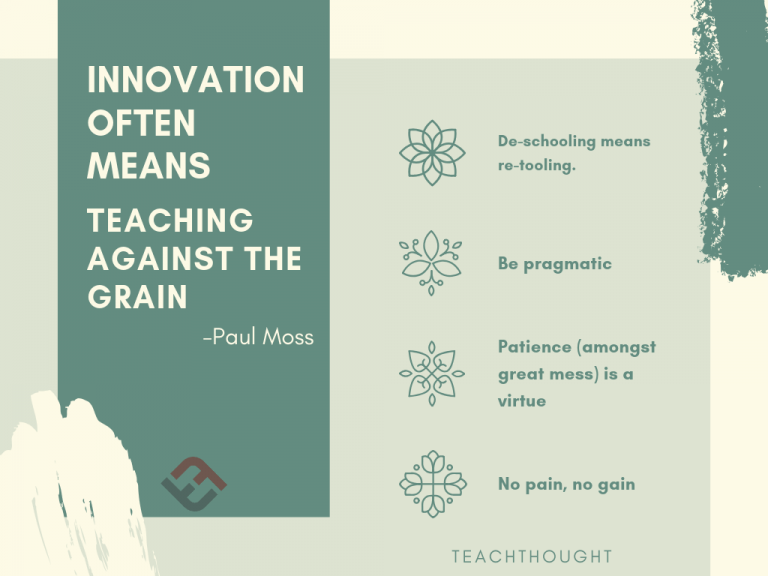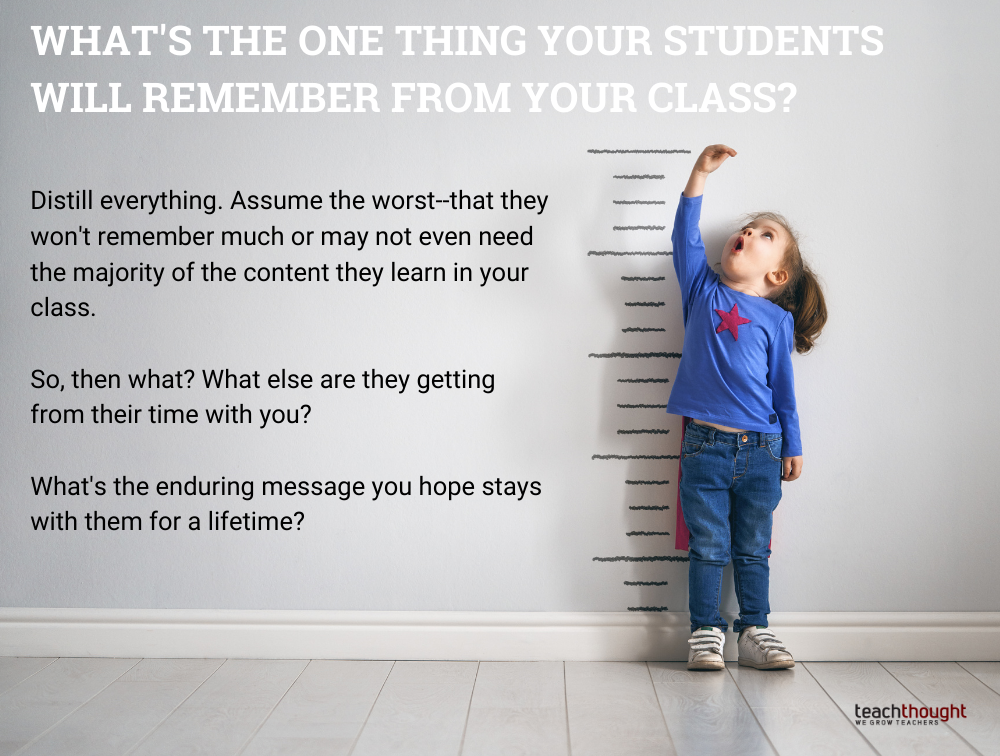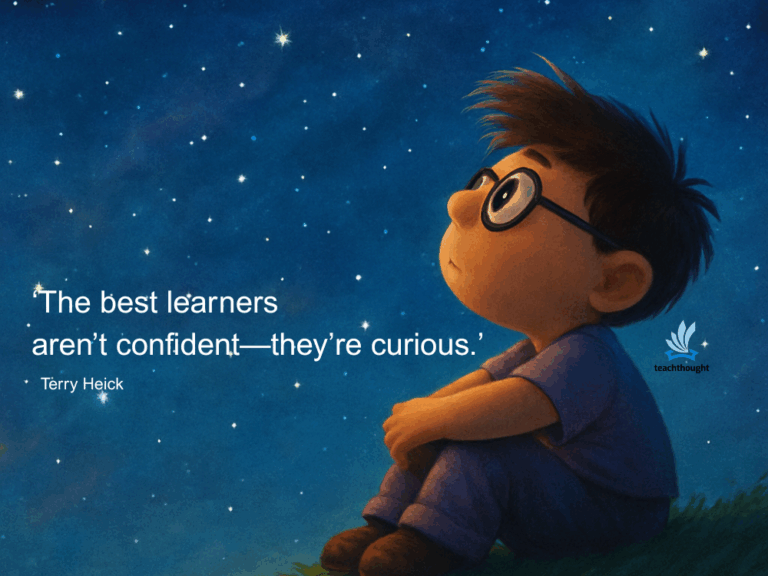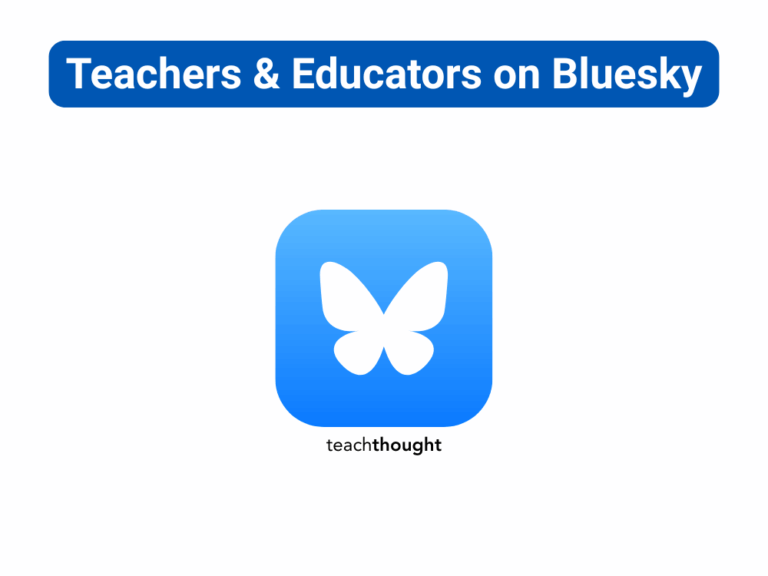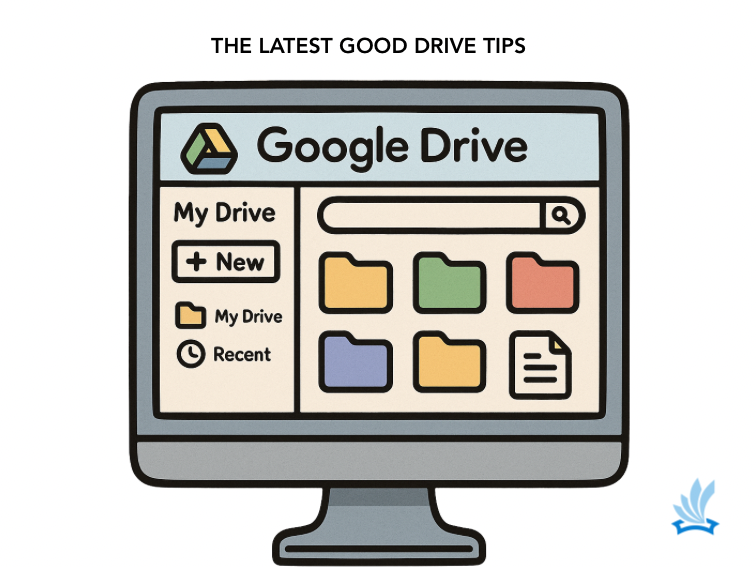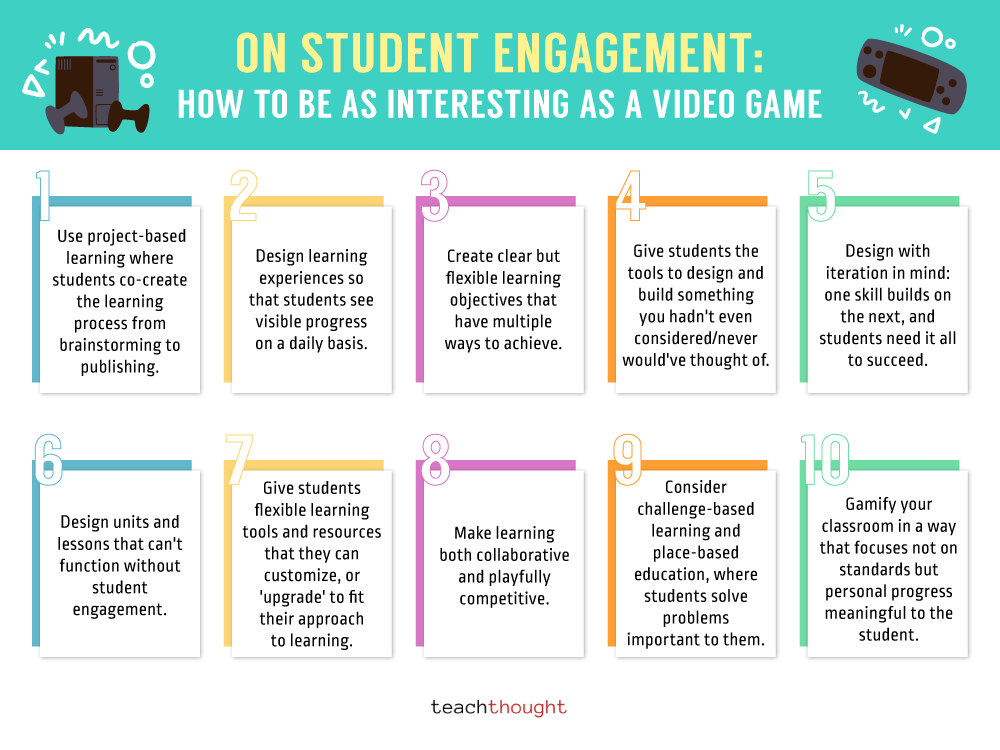5 Best Online Textbook Sources for 2025/2026
Digital textbooks are no longer just a cheaper alternative—they’re often better: easier to access and customizable for teachers and professors. As costs for traditional books continue to rise, these platforms are leading the way with free or low-cost textbooks that are actually designed for classroom use.
1. OpenStax (Rice University)
OpenStax is the most widely used open textbook provider today. Their catalog covers core college subjects like biology, psychology, economics, physics, and sociology, all written and peer-reviewed by experts. Books are completely free to download, and teachers can access additional resources like test banks and slide decks. Print versions and adaptive tools are available at a low cost.
2. FlatWorld
FlatWorld offers affordable digital textbooks across business, economics, math, social sciences, and humanities. Instructors can customize the order and content of a textbook to match their syllabus, which makes it a flexible choice compared to traditional publishers. Students pay much less than they would for standard textbooks, while still getting professional layouts and supplemental teaching tools.
3. LibreTexts
LibreTexts is one of the largest OER (Open Educational Resources) projects, supported by the U.S. Department of Education. It offers thousands of modular textbooks in STEM, social sciences, engineering, and the humanities. Because the platform is open and remixable, instructors can adapt chapters, add notes, or combine texts into a course-specific resource—all for free.
4. OER Commons / Open Textbook Library
OER Commons and the University of Minnesota’s Open Textbook Library provide a broad, faculty-reviewed collection of free textbooks across disciplines. Teachers benefit from community ratings and reviews that help identify high-quality materials. With contributions from universities worldwide, the library keeps expanding into more subject areas every year.
5. CK-12 Foundation (“FlexBooks”)
CK-12 is especially strong for K–12, offering customizable digital “FlexBooks” in math, science, social studies, and more. These books go beyond static PDFs with practice problems, simulations, and interactive features built in. Teachers can adapt FlexBooks to meet classroom needs, while students gain free access to engaging, multimedia-rich resources.

